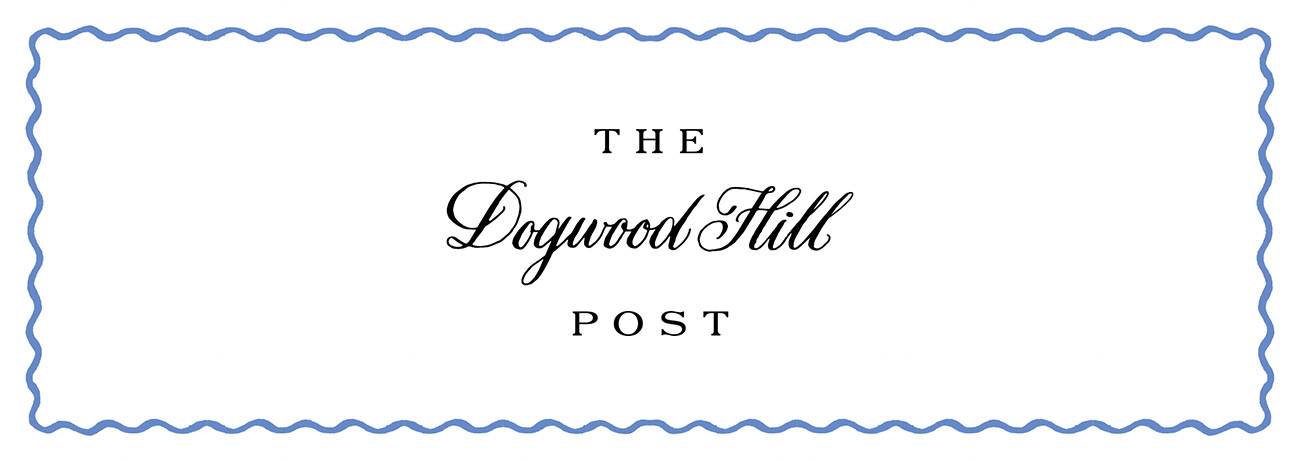
Did you know that in addition to our notecards, invitations, holiday cards, and wedding suites, we also offer beautiful semi-custom calling cards? Similar in size to a business card, these personalized miniature cards can be quite handy to include either on top or inside a wrapped gift, or paired with a homemade item baked for someone special. Dogwood Hill artist and designer, Holly Hollon loves the idea of laminating a calling card to transform it into a chic luggage tag!
While calling cards are used today in many social settings, they are most certainly not a by-product of the millennial age. Their rich history dates back to the 19th century in Victorian-Era Europe where wealthy society had stringent rules dictating how and when social visits could ensue. We have had a ball learning about how these once simple engraved cards were used in a time before you could reach someone via a telephone or even now through a few smartphone keystrokes. We have included below three of our favorite facts about the original uses of calling cards. You just may be inspired to tuck a few of your own calling cards away for your next networking gathering or party.
1. Calling cards, often called visiting cards, began as a simple way to request a future visit of the recipient’s home. If the recipient was not home, a servant would accept the calling card and leave it in a silver tray in an entrance hall. Often, the cards of the wealthy members of society would be intentionally displayed on the top of a stack of calling cards to impress future house visitors.
2. Turning a corner down on your calling card upon delivery could indicate several different reasons or expectations for the visit, all depending upon which corner was bent. Various messages such as a visit in person (as opposed to a servant delivering the card), a congratulatory visit, a condolence visit, or an announcement that you were about to leave town could be communicated merely by turning down a certain corner of your calling card. Sometimes short notes were written on the card to specify the meaning of the visit.
3. The first calling card visit or “call” did not usually result in a face-to-face meeting. If you wanted to kindle a friendship with a particular person, you would drop off a card and return home to wait to see if the receiver would reply with their own card a few days later to initiate an in-person visit. If no return card was received or if the response card was sealed in an envelope upon return, it meant a visit would not be accepted.
We hope you enjoyed our brief history lesson. Be sure to check out our complete line of calling cards on our website. With numerous style and artwork choices, you’ll surely find the perfect calling card to make a lasting impression!


